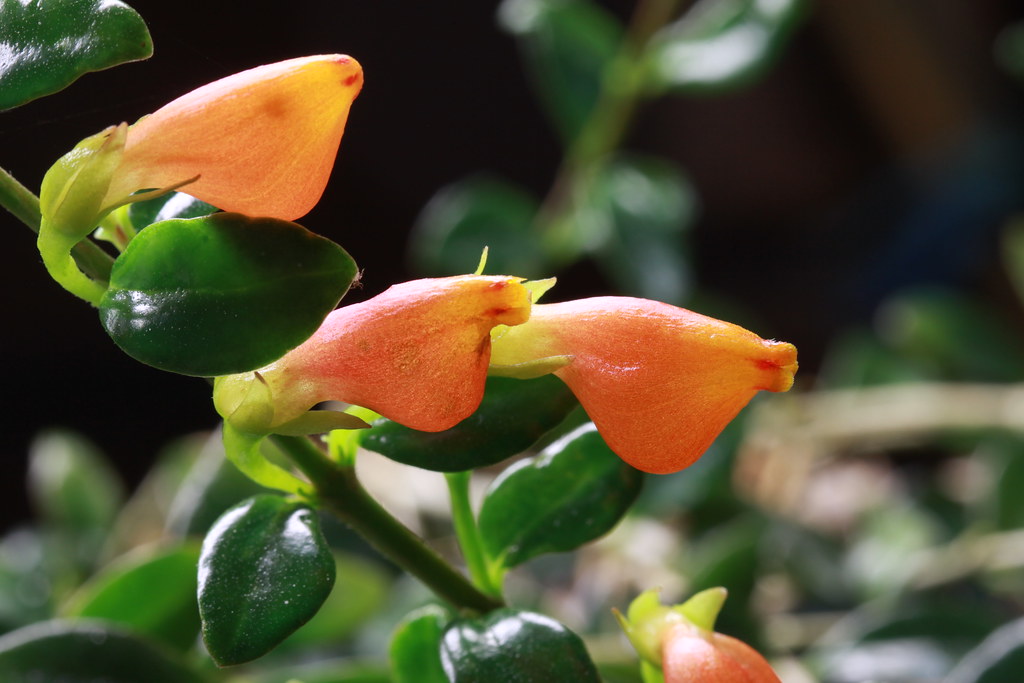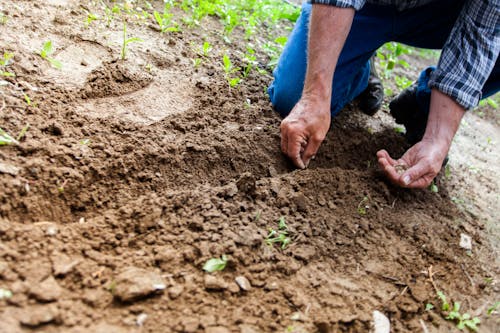Meet the Goldfish Plant: Your New Favorite Houseplant Obsession
Are you looking for a colorful, low-maintenance houseplant to add some brightness to your living area? Look no further than the captivating goldfish plant. With its striking foliage and unique blooms, this plant is sure to become your latest botanical obsession.
Origins and History
The Goldfish Plant, scientifically known as Nematanthus gregarius, hails from the tropical regions of Central and South America. It was first discovered in the early 19th century by botanists exploring the lush rainforests of these regions. Initially prized for its ornamental qualities, the Goldfish Plant eventually found its way into households around the world, enchanting plant enthusiasts with its whimsical charm.
Physical Characteristics
True to its name, the Goldfish Plant boasts leaves that resemble the scales of a goldfish, with vibrant hues of green and orange. Its most distinctive feature, however, is its bright orange flowers, which bear a striking resemblance to a school of goldfish swimming in a bowl. These blooms cascade from the plant in clusters, adding a playful touch to any indoor garden.
Caring for Your Goldfish Plant
Despite its exotic appearance, the goldfish plant is surprisingly low-maintenance. It thrives in bright, indirect light and prefers well-draining soil kept consistently moist. Regular misting to maintain humidity levels is also recommended, especially in drier climates. Avoid overwatering, as this can lead to root rot and other issues.
Propagation Techniques
Propagating the goldfish plant is relatively straightforward and can be done through stem cuttings or division. Simply snip a healthy stem and place it in a container filled with moist soil. Keep the cutting in a warm, humid environment until roots develop, then transplant it into its own pot.
Common Varieties
While the classic Nematanthus gregarius remains the most popular variety, there are several other species and cultivars to choose from, each with its own unique characteristics and flower colors.
Pests and Diseases

Like any houseplant, the goldfish plant is susceptible to pests such as aphids and spider mites, as well as fungal diseases like powdery mildew. Regular inspection and prompt treatment are key to keeping your plant healthy and pest-free.
Creative Uses for Goldfish Plants
With its eye-catching foliage and playful blooms, the goldfish plant is the perfect choice for adding a pop of color to any room. Get creative with your display by placing it in a hanging basket, terrarium, or decorative pot. You can also incorporate it into themed arrangements or use it as a centerpiece for special occasions.
The Goldfish Plant in Folklore and Culture
Throughout history, the goldfish plant has been celebrated for its beauty and symbolism. In some cultures, it is believed to bring good luck and prosperity, while in others, it is associated with themes of abundance and fertility.
Benefits of Having Goldfish Plants
In addition to its aesthetic appeal, the Goldfish Plant offers a range of benefits for both mental and physical well-being. Studies have shown that indoor plants can help reduce stress, improve air quality, and promote feelings of relaxation and happiness.
Where to Find Goldfish Plants
Goldfish Plants are readily available at nurseries, garden centers, and online retailers. Look for healthy specimens with lush foliage and vibrant blooms, and don’t hesitate to ask for care tips from knowledgeable staff.
Tips for Buying Healthy Plants
When selecting a goldfish plant, avoid specimens with yellowing or drooping leaves, as this may indicate stress or disease. Instead, opt for plants with sturdy stems, bright foliage, and plenty of new growth.
Challenges of Growing Goldfish Plants
While generally easy to care for, Goldfish Plants can sometimes present challenges for inexperienced growers. Common issues include overwatering, inadequate light, and pest infestations. However, with proper care and attention, these problems can usually be overcome.
Success Stories and Testimonials
Still not convinced that the Goldfish Plant is the perfect addition to your indoor garden? Just ask the countless plant enthusiasts who have fallen in love with this quirky and charming species. From beginner gardeners to seasoned experts, everyone can appreciate the beauty and resilience of the Goldfish Plant.
Conclusion
In conclusion, the goldfish plant is much more than just a houseplant—it’s a beloved companion that brings joy and vitality to any space. With its striking appearance, easy care requirements, and positive symbolism, it’s no wonder that this captivating species has captured the hearts of plant lovers around the world. Whether you’re a seasoned gardener or a complete novice, adding a goldfish plant to your collection is sure to be a rewarding experience.
FAQs (Frequently Asked Questions)
- How often should I water my goldfish plant?
- Goldfish plants prefer moist soil, so water whenever the top inch feels dry to the touch.
- Can I place my goldfish plant in direct sunlight?
- While it prefers bright, indirect light, the goldfish plant can tolerate some direct sunlight, especially in the morning or late afternoon.
- Do goldfish plants attract pests?
- Like any houseplant, goldfish plants can attract pests such as aphids and spider mites, but regular care and maintenance can help prevent infestations.
- How often should I fertilize my goldfish plant?
- Feed your goldfish plant with a balanced liquid fertilizer every 4–6 weeks during the growing season.



